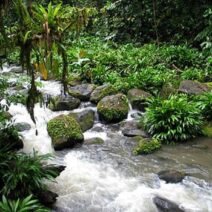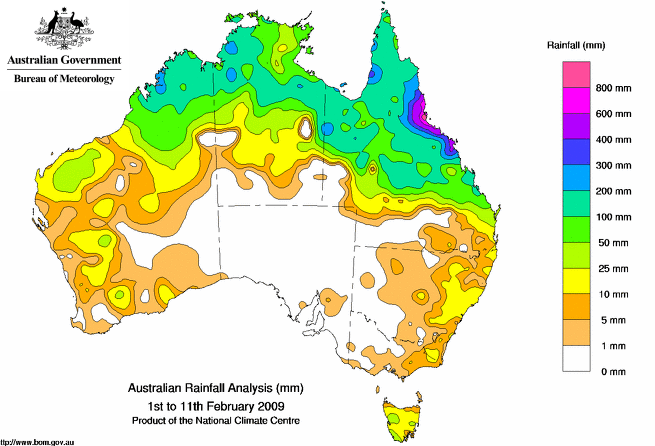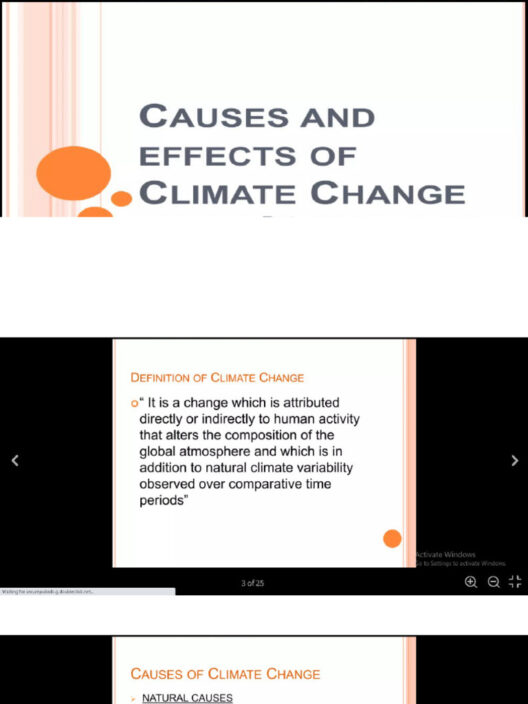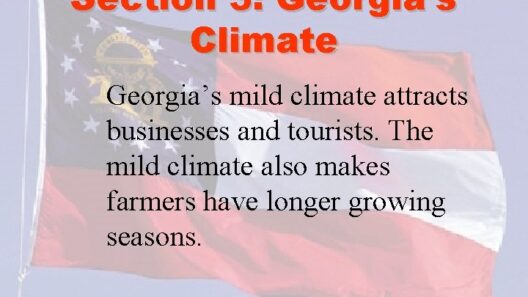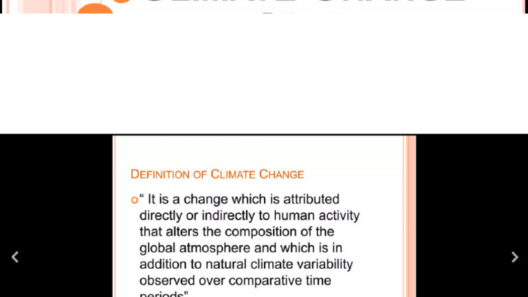Australia, a land of astonishing contrasts and stunning diversity, presents a climate that is as multifaceted as its geography. From sun-drenched coastlines to arid interiors, every corner of this vast continent reveals its own climatic character, akin to a theatrical stage where nature performs in an intricate ballet of seasons and weather conditions. Understanding Australia’s climate is not just an academic endeavor; it is a key to unlocking the secrets of its unique ecosystems and thriving biodiversity.
In this exploration, we will delve into the various climatic regions, their seasonal rhythms, and the interplay between nature and human life across the continent. Australia’s climate serves as a testament to the resilience of the landscape and its inhabitants, guiding agricultural practices, influencing lifestyle choices, and shaping the rich tapestry of its culture.
Australia’s climate can be broadly divided into several regions, each with its unique characteristics. The variations stem from latitude, elevation, and proximity to oceans. This contributes to a magnificent mosaic that defines the environmental signature of the continent.
The Northern Tropics: A Realm of Heat and Monsoon
In the northern reaches of Australia, including the enchanting landscapes of Queensland and the Northern Territory, the climate is predominantly tropical. This region experiences a conspicuous divide between two main seasons: the Wet and the Dry. The Wet season, occurring from November to April, transforms the land into a lush oasis, invigorated by torrential monsoon rains that can fall in staggering volumes. Rivers swell, waterfalls cascade with delightful vigor, and the flora burgeons in a riot of greens.
As the Dry season takes hold, typically from May to October, the landscape shifts dramatically. The skies clear, revealing a brilliant azure canvas, while the air becomes drier and more temperate. The temperature, however, can oscillate between scorching daytime highs and refreshingly cool nights. This climatic duality nurtures a diversity of wildlife, from the ever-elusive platypus thriving in wetlands to the vibrant array of tropical birds that call the treetops home.
The Red Centre: An Arid Symphony of Extremes
Far removed from the verdant tropics lies the heart of Australia, a vast expanse known as the Red Centre, where the climate takes on a stark and austere quality. The Outback, characterized by its desert ecosystems, presents an arid landscape painted in hues of rust and ochre, reminiscent of a timeless canvas brushed by nature’s hand. With extreme temperature fluctuations, figures soar above 40°C (104°F) during the day in summer, only to plunge into freezing temperatures at night.
Rainfall is notoriously scarce in this interior region, averaging less than 250 mm annually. When rain does grace the Outback, it manifests as a life-giving elixir, igniting a phenomenon known as “the bloom.” This fleeting floral spectacle transforms the parched earth into a vibrant tapestry, a miraculous reminder of life’s persistence amidst adversity. Despite its inhospitable reputation, the Outback harbors a multitude of flora and fauna, adapting ingeniously to survive in one of the earth’s harshest climates.
The Southern Coasts: A Temperate Embrace
As we journey southward along the coastlines of Australia, we encounter a temperate climate that brings forth a refreshing contrast to the arid heartland. Coastal cities like Melbourne and Sydney enjoy mild winters and warm summers, making them quintessential examples of Mediterranean climates. The gentle sea breezes temper the warm summer heat, while winter months see cooler temperatures, often invigorated by rainfall that nourishes lush vegetation.
In this region, seasons unfold gracefully, each offering its own charm. Autumn bestows a vibrant palette of golden and crimson hues; winter invites the comforting glow of fireplaces; spring heralds the awakening of flowers in jubilant display. This climatic sanctuary supports a rich agricultural sector, cultivating vineyards, orchards, and an array of fresh produce that thrives under its benevolent skies.
The Daintree Rainforest: A Tropical Wonderland
Amidst Australia’s climatic tapestry lays the Daintree Rainforest, a verdant jewel of the tropical north. This UNESCO World Heritage-listed site is not merely a forest; it is a climactic extremes paradise. Home to some of the oldest living rainforest ecosystems on the planet, the Daintree presents a microclimate that is sheltered from the blistering heat, allowing a microcosm of species to flourish harmoniously.
Inaccessible to many, this tropical sanctuary experiences a different rhythm, drawing visitors into its luxuriant embrace. The constant humidity fosters a symphony of life, where ancient tree ferns brush against towering hardwoods, and the cacophony of wildlife fills the air. The intricate web of life found within this biodiverse haven exemplifies the remarkable adaptations that thrive in Australia’s climate.
Impact of Climate on Culture and Lifestyle
The variety of climates across Australia has indelibly influenced its culture and lifestyle. The interaction of climate with the landscape has informed Indigenous cultures that have thrived for tens of thousands of years, relying on seasonal cycles for sustenance and natural resources. Today, modern Australians engage with their environment, celebrating the seasonal changes through festivals, culinary traditions, and recreational activities that resonate with the character of their respective climates.
Australia’s climate and seasons embody a splendid array of contrasts that mirror the continent’s remarkable beauty and cultural richness. From the tropics to the arid Outback and temperate coasts, every region offers a distinctive climatic persona. Understanding these nuances deepens not only our appreciation for Australia’s natural environment but also our responsibility to preserve it for future generations, ensuring the land—and its climate—continues to inspire awe for years to come.

